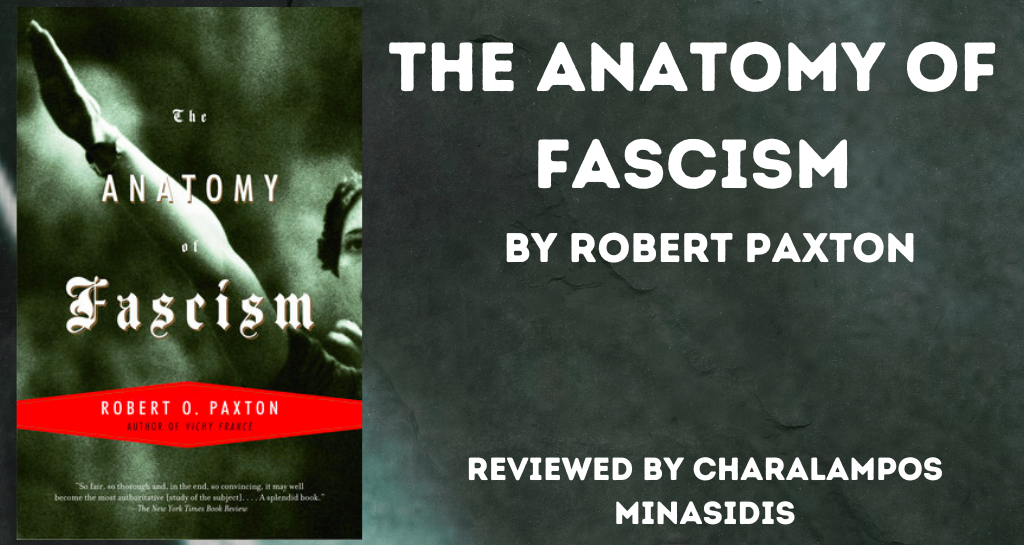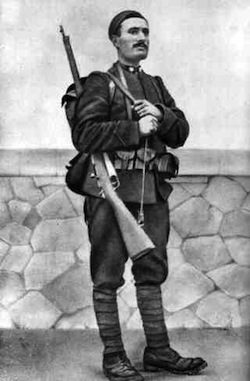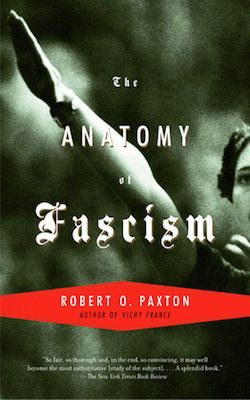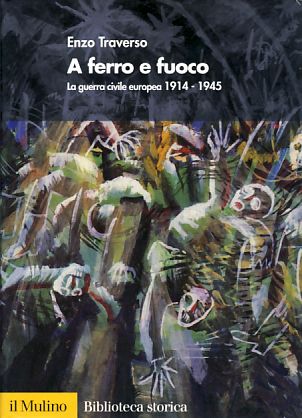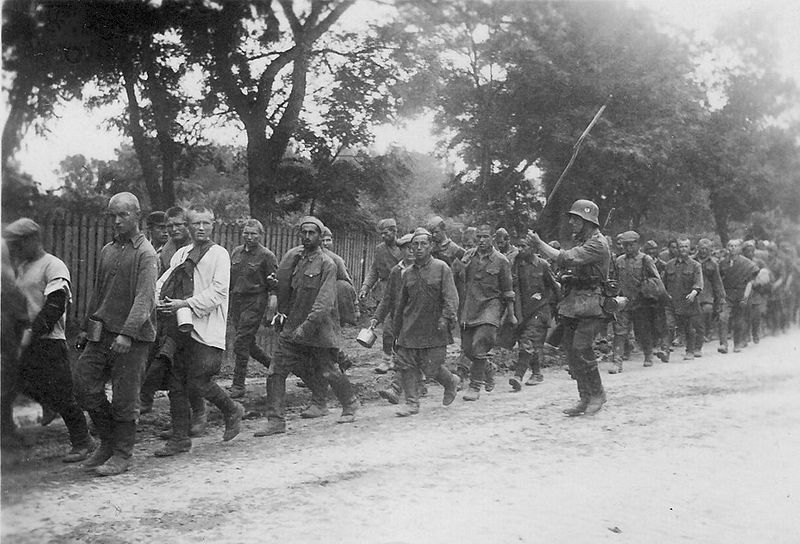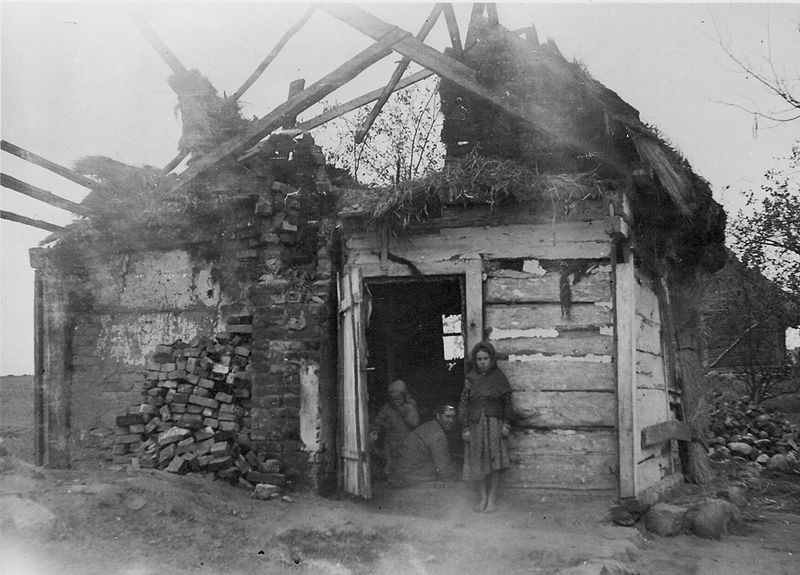
It’s been 100 years since the Emperor of Russia was overthrown by a group of left wing revolutionaries espousing a radical change in politics and economics, who turned the Russian Empire into the Union of Soviet Socialist Republics. The echoes of 1917 reverberated around the world, and, at the close of 2017, historians did what historians tend to do: look back at what happened and try to encapsulate the global significance of the Bolshevik Revolution.
Today’s guest, Sheila Fitzpatrick, discusses some of the myriad interpretations that have been given to the 1917 revolutions, judgments about its success and importance, and offers insight into Russia’s own subdued attitude toward the centenary.

